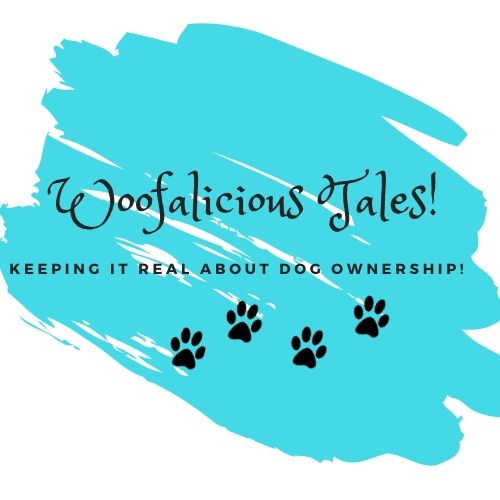Part 4 – Understanding Your Dog’s Senses

Part 4 is on Taste!
So far we have discussed Part 1 – Eyesight, Part 2 – Hearing and Part 3 – Touch!
In this 5 Part Series I’m taking a look at our dog’s senses. This will give us a much clearer understanding on how our dogs use their senses to navigate their environment.
By the end of the series you’ll have a clearer understanding of how your fur baby senses their world.
Part 4 – TASTE
Dogs have the ability to taste however, compared to humans their sense of taste isn’t as precise as ours. Let’s face it, dogs can eat some pretty gross stuff!!!!
Did you know dogs have 1700 taste buds? Compare that with us humans who have 9000 taste buds.
In puppies, taste takes a few weeks to completely mature and sharpen. Their first taste is of their mother’s milk.
1. DOG SALIVA
Dog saliva isn’t really used to aid in digestion because it works like a lubricant as it is 99% water.
This is why dog’s can scoff something down without chewing and have no ill effects.
As humans we have to chew our food and mix it with saliva for digestion, this isn’t the case for dogs.
2. TONGUE
The tongue is used for bringing food and water into the mouth and throat. It is also used to aid in chewing and swallowing food.
The tip of the tongue is used to bring water into your dog’s mouth.
Your dog’s tongue also assists in reducing body temperature. The air that passes back and forth over the panting tongue is cooled down.
The tongue consists of taste buds (as does ours) that are important in the detection and sense of taste.

3. TASTE BUDS
Taste buds are basically small bumps found on the surface of the tongue.
Dogs have 4 groups of taste buds that have been identified :-
i) Group C – responds to the taste of meat – the nucleotide receptors. These taste receptors are tuned for meat, fats, and meat related chemicals.
ii) Group B – the acid units. Researchers aren’t clear on their function but activity level is low in this group. It is thought it may be a toxic warning system as the receptors respond to odd substances such as organic acids!!
iii) Group A – the sugar sensitive receptors, these are also the most abundant taste buds.
iv) Group D – the fumarole receptors – also register a sweetness but of the fruity kind!
Interestingly, dogs have taste buds that are tuned for water (humans do not have this). This taste sense is found at the tip of the tongue. The part that curls up to drink in the water. This part of the tongue always responds to water.
While dogs don’t have a great sense of taste, they use their sense of smell (the last sense I will cover) to distinguish how food will taste!!!
WHAT DOES THIS MEAN?
Our fur kids only have 1700 taste buds to our 9000, so they do not taste the same way we do.
Our dogs can scoff their food with no ill effect because their saliva is 99% water.
Also our fur kids have a special taste receptors purely for water, and they scoop the water into their mouth using the tip of their tongue like a ladle.
That’s the very basics of taste for our fur kids. Billy and I hope this helps with you understanding how your fur baby uses taste to navigate the world around us.
If you have anything you’d like to add, we’d love to hear from you in the comments below.
Cheers
J & B
Woofalicious Tales
Related Posts
Part 5 – Understanding Your Dog’s Senses
Welcome to Part 5 – Smell – of this 5 Part Series on Understanding Your Dog’s…
21 August 2017Part 3 – Understanding Your Dog’s Senses
Welcome to Part 3 of this 5 Part Series on Understanding Your Dog’s Senses…
21 August 2017



Olivia Shworles | 5th Jan 20
Hi,my daughter is doing her science project on dog senses and would love to read your full series and site you in her paper .If pissible can you email all 5 parts of the story and any additional findings you think will help her research.Thank you from a 6th grade scientist and dog lover Olivia.
jma074@optusnet.com.au | 5th Jan 20
Hey Olivia, yes that would be fine. I’m so happy she’s taking an interest in dog senses and love science. Yes I’ll send her the links to the other posts I wrote and any findings I have. Good luck to your daughter on her project.